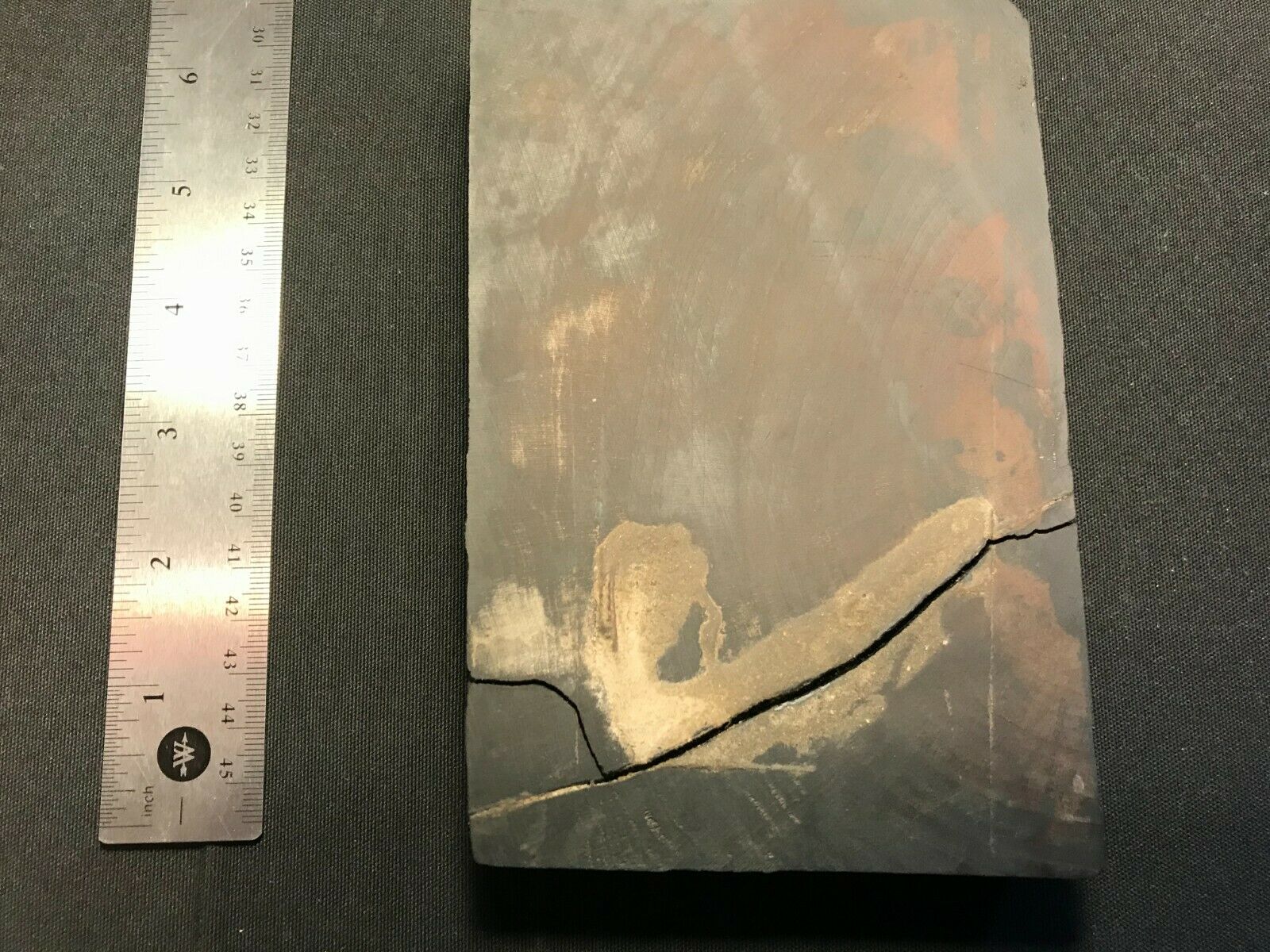-40%
1880's Barnum Bailey Very Rare Hand-Engraved Johnny Patterson Printing Woodblock
$ 501.6
- Description
- Size Guide
Description
V e r y R a r e O r i g i n a lJ o h n n y P a t t e r s o n
C i r c u s P e f o r m e r
Hand Carved Printing Wood Block
Circa 1880's
I am offering in this ebay listing an extremely rare hand-engraved printing wood block (entirely of wood-no metal) engraved in the 1880's for an exhibition playbill advertising Irish great Johnny Patterson circus clown and singer. Included are two original woodcut proofs pulled from this very printing block. As can be observed in the listing photographs, the wood block is broken into two pieces. This is an original museum quality printing artifact. Satisfaction guaranteed.
FREE INSURED SHIPPING
Johnny Patterson
From Wikipedia, the free encyclopedia
Jump to navigation
Jump to search
John
(
Johnny
)
Francis Patterson
(1840–1889) was an Irish singer, songwriter and circus entertainer. He is now best known for composing the song "The Garden Where the Praties Grow".
[1]
Contents
1
Early life
2
Circus career
3
United States and after
4
Death and legacy
5
References
Early life
[
edit
]
He was born in
Kilbarron
,
Feakle
,
County Clare
. Both his parents had died by the time he was three years old and so he was raised by an uncle in
Ennis
. At the age of 14 he enlisted in the
63rd Regiment of Foot
which was based in
Limerick
at the time. He learned to play various instruments especially piccolo and drums. When a circus came to Limerick he got a part-time job in its band and so bought himself out of the army.
[
citation needed
]
Circus career
[
edit
]
He was soon given a long-term contract by the circus and billed as The Irish Singing Clown. He worked for other circuses in Ireland before crossing to England. Between 1865 and 1867, he was a drummer performing in a circus run by
Pablo Fanque
, the black English circus proprietor, and John Swallows. He remained with Fanque through 1869, performing in Scotland, Ireland, and England.
[2]
It was Fanque who effectively launched his career.
John Nee
, an Irish actor who portrayed Patterson in a 2010 stage production about his life said:
His talent for singing, clowning, and engaging with an audience was immense. He was talent-spotted by
Pablo Fanque
, who
The Beatles
sing about in 'Mr Kite' – he was a famous black Yorkshire showman. He saw Johnny in
Cork
, loved him, and brought him to England.
[3]
In
Liverpool
he met and married a circus bareback rider, Selena Hickey. Around this time he composed the song "The Garden Where the Praties Grow".
United States and after
[
edit
]
His fame grew until he was offered a contract in America in 1876 separating from his wife and family. In the United States he became one of the most famous and highest paid entertainers at the time. He composed several more songs including "The Hat my Father Wore", "Bridget Donoghue", "Shake Hands with your Uncle Dan", "Goodbye Johnny Dear" and "The Stone outside Dan Murphy's Door". At the aged of 45, he was a wealthy man and so returned to Ireland buying a house in
Belfast
where he was reunited with his wife and family, but Selena died in 1886. He continued performing and created a circus of his own with an Australian called Joe Keeley. In April 1888 he married Bridget Murray at
Castlepollard
,
County Westmeath
.
[1]
Death and legacy
[
edit
]
His political opinions expressed in a song (he wanted Protestants and Catholics to live together peacefully) caused a fight at one performance. Patterson was hit on the head by an iron bar and was kicked. He died from his injuries at
Tralee
on 31 May 1889 at the age of 49.
Johnny Patterson's songs have been recorded by numerous artists over the years, including his great-grandson
Duncan Patterson
, and several plays have been produced about his life. He was a character in Stewart Parker's play
Heavenly Bodies
along with the figure of
Dion Boucicault
representing two different sides of the Irish theatre. The Barabbas theatre group produced
Johnny Patterson: The Singing Irish Clown
in 2010 and
Johnny Patterson the Musical
was written about his life and relationship with Bridget Donoghue by Declan Mangan and Mick Jones in 2009.
[4]
Johnny Patterson also had the honour of being painted by the famous Irish artist
Jack Yeats
in the 1928 painting
The Singing Clown
.
In 1985 a local committee, chaired by Sean Seosamh O Conchubhair (Tralee), erected a memorial in Tralee's New Cemetery to commemorate his interment there. The plaque was unveiled by
Dick Spring
and Johnny Patterson's granddaughter.
References
[
edit
]
^
Jump up to:
a
b
"Clare Library"
. Retrieved
17 March
2017
.
^
Gretchen Holrook Gerzina, Editor, "Black Victorians-Black Victoriana" (Rutgers University Press: New Brunswick, NJ, 2003)
^
Charlie Mcbride (6 May 2010).
"The Singing Irish Clown"
.
The Galway Advertiser
. Retrieved
28 June
2011
.
^
"Web site of the musical"
. Archived from
the original
on 19 December 2016
. Retrieved
17 March
2017
.
Authority control
DIB
:
a7231
Categories
:
Irish songwriters
Irish male singers
1840 births
1889 deaths
Musicians from County Clare
19th-century classical composers
19th-century Irish singers
19th-century male singers


















